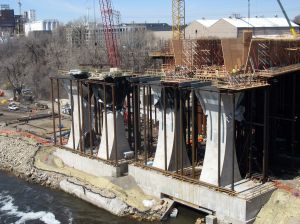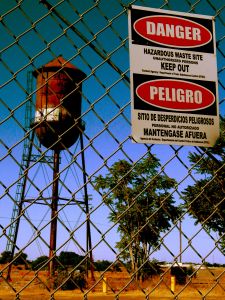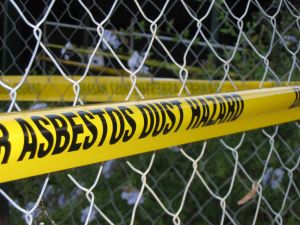According to a recent report from Fairfield Daily Republic, one asbestos trial is garnering a lot of attention from corporate leaders. This trial involves a former shipyard worker who is dying of cancers caused by his occupational exposure to asbestos.
 This trial is expected to take many weeks to complete and is seen by those in the industry as a measuring stick for how juries feel about asbestos and mesothelioma lawsuits. What makes this case different than many others is that this California county is well known for returning verdicts in favor of defendants. Plaintiff’s attorneys are hoping, and feel confident, this might not be the case when the jury finally reaches a verdict in this matter. Corporate defense lawyers filled the courtroom to watch opening statements and get a sense for what the jury was thinking.
This trial is expected to take many weeks to complete and is seen by those in the industry as a measuring stick for how juries feel about asbestos and mesothelioma lawsuits. What makes this case different than many others is that this California county is well known for returning verdicts in favor of defendants. Plaintiff’s attorneys are hoping, and feel confident, this might not be the case when the jury finally reaches a verdict in this matter. Corporate defense lawyers filled the courtroom to watch opening statements and get a sense for what the jury was thinking.
As for the plaintiff himself, he is 68-years-old and was diagnosed with malignant mesothelioma in mid-2013. He was a machinist who worked on submarines and ships at a California shipyard before retiring in the early 1990s. During the course of his employment, he was routinely exposed to asbestos dust.
Continue reading
 Mesothelioma Lawyers Blog
Mesothelioma Lawyers Blog












